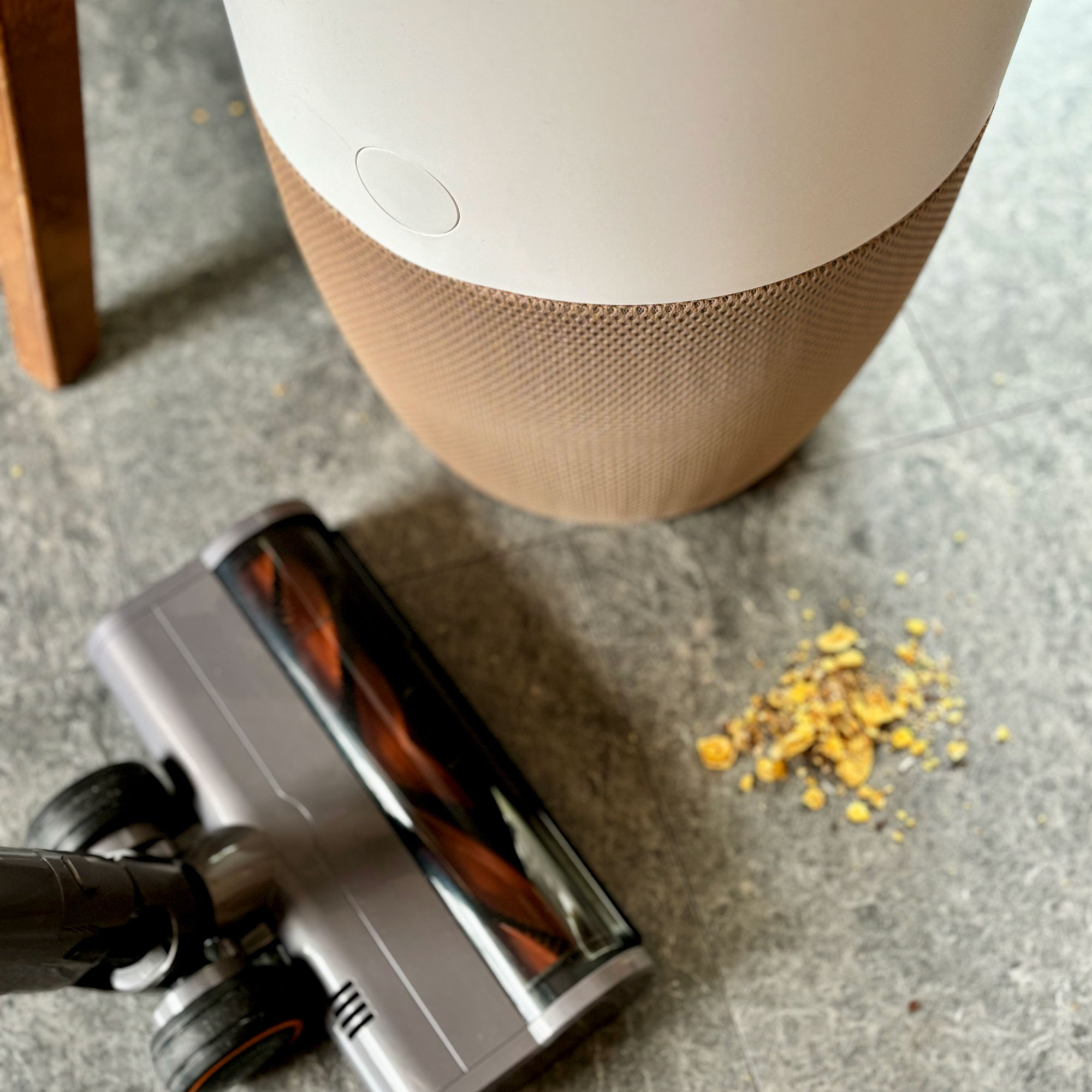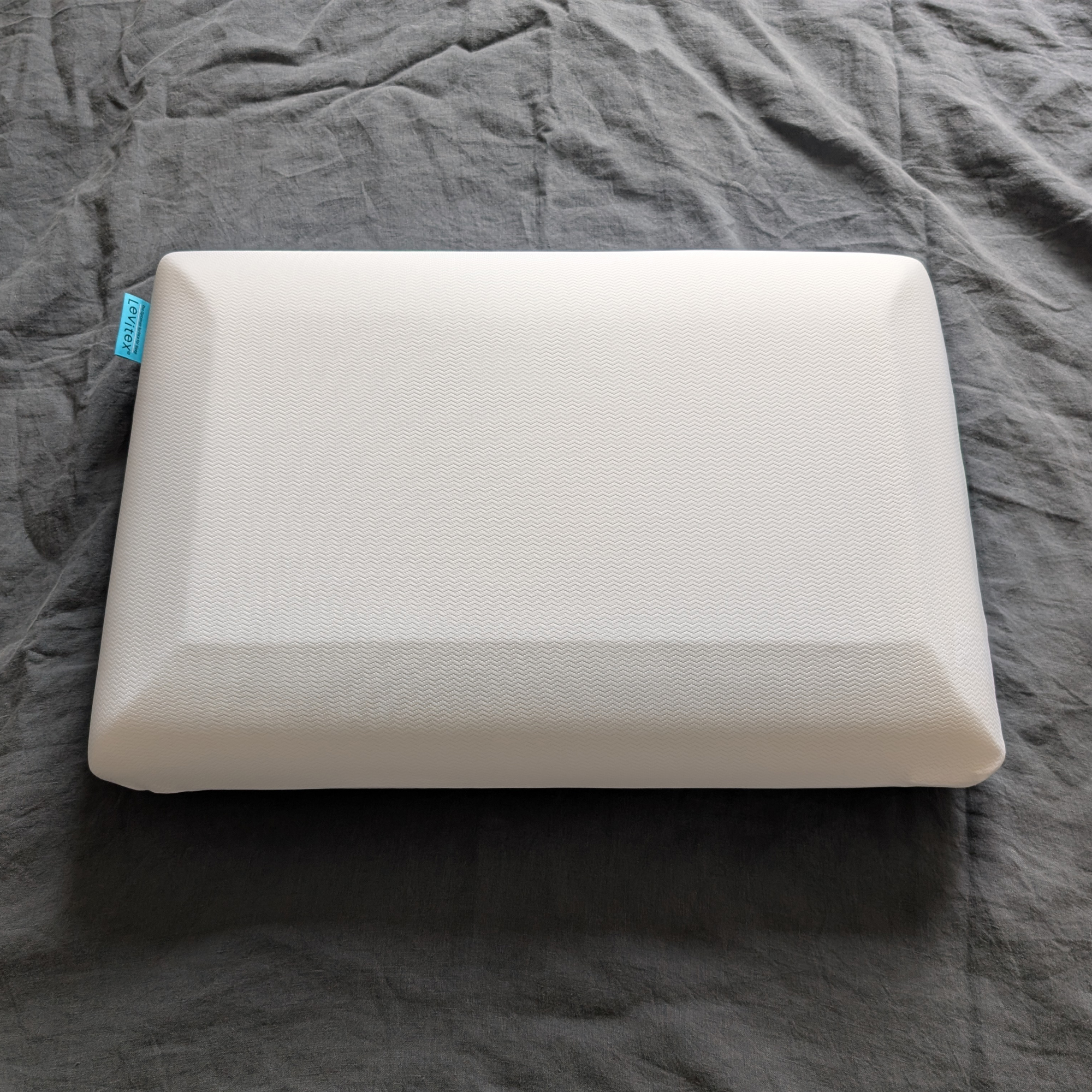Did you know you could be allergic to your sofa? Expert shares how you can tell and what to do about it
Everything you need to know about sofa allergy – what it is and how to treat it


Did you know that there is such a thing as a sofa allergy?! That’s right, you could actually be allergic to your sofa. Also known as 'sofa dermatitis' or 'upholstered furniture dermatitis', sofa allergy can develop as a result of contact with materials found in and on sofas which can lead to skin irritation and other forms of allergic reactions.
Just imagine finally getting the best sofa you could picture only to find out you’re allergic to it – crushing. But whether you’re suspecting you might have an allergy to something in your sofa, you’re not sure or you want to be informed just in case, then there are several warning signs to look out for.
And if it turns out to be the case that you are in fact having a reaction to your sofa, then there are several things you can do that will help, so all is far from lost.

What is sofa allergy?
Firstly, despite commonly referred to as ‘sofa allergy’ or ‘sofa dermatitis’, the condition doesn’t necessarily have to be a result of contact with a sofa specifically – it includes any upholstered furniture.
Secondly, it doesn’t matter where you buy your sofa when it comes to sofa allergy as an allergic reaction is not necessarily a sign of poor quality or bad manufacturing practices.
Obviously, you won’t be allergic to the piece of furniture as a whole but rather a component, a material that’s part of it. ‘These materials may include fabrics, foams, adhesives, or chemical treatments used in manufacturing,’ says Jeannette Hudson, furniture expert at Online Sofa Shop.

She continues to explain what symptoms you should look out for that could be caused by sofa allergy, ‘Symptoms of sofa dermatitis can vary but commonly include redness, itching, swelling, rash, or even blisters on the skin that come into contact with the sofa. In more severe cases, prolonged exposure can lead to eczema or dermatitis flare-ups.’
It’s these allergic reactions that will be all-telling when trying to determine if you’re actually allergic to your sofa. ‘To determine if you’re allergic to your sofa, pay attention to when and where your symptoms occur,' advises Jeannette.
'If you consistently experience skin irritation or allergic reactions after sitting on or touching the sofa, it may be a sign of sofa dermatitis. Keep track of any patterns or triggers that exacerbate your symptoms, such as certain fabrics or materials on the sofa.'
And if you strongly suspect that you are allergic, then consult a healthcare professional such as a dermatologist or an allergist.

What to do about sofa allergy?
The first step to getting better and treating your sofa dermatitis is identifying what exactly in your sofa it is that triggers your allergies.
‘If you suspect you're allergic to your sofa, the first step is to identify the material or chemical causing the reaction,' explains Jeannette. 'This might require consulting with a dermatologist or allergist for patch testing. Once the allergen is identified, you can take steps to minimise your exposure and alleviate symptoms.'

Aside from that, it's also important to know how to properly clean your sofa and clean upholstery to get rid of any potential allergens like pet hair or dust. For this, your best vacuum will be invaluable.
‘Cleaning your sofa regularly can help reduce allergens and irritants that may trigger allergic reactions. Vacuuming the sofa thoroughly to remove dust, pet dander, and other debris is a good starting point,’ Jeannette says. ‘Using allergen-proof covers on cushions or pillows can provide an extra barrier against allergens.’
As you can tell there are several steps you can take before it gets to the worst case scenario – getting rid of your precious sofa. Let’s hope it doesn’t come to that.
Get the Ideal Home Newsletter
Sign up to our newsletter for style and decor inspiration, house makeovers, project advice and more.

Sara Hesikova has been a Content Editor at Ideal Home since June 2024, starting at the title as a News Writer in July 2023. She is now also the Ideal Home Certified Expert in Training on Furniture, and so far has tested 80 different sofas.
Graduating from London College of Fashion with a bachelor’s degree in fashion journalism in 2016, she got her start in niche fashion and lifestyle magazines like Glass and Alvar as a writer and editor before making the leap into interiors, working with the likes of 91 Magazine and copywriting for luxury bed linen brand Yves Delorme among others.
-
 5 items I always add to a bathroom to make it look better instantly as a professional interior stylist
5 items I always add to a bathroom to make it look better instantly as a professional interior stylistThese are the things I add to every bathroom photo shoot I style
By Laurie Davidson
-
 Should you have an air purifier on while you're cleaning? Air quality experts say this secret weapon will improve your cleaning routine
Should you have an air purifier on while you're cleaning? Air quality experts say this secret weapon will improve your cleaning routineYou'll need to follow 5 steps to make the most of it, though
By Rebecca Lawton
-
 The Levitex Sleep Posture Pillow is so good, it just converted me from a front sleeper into a side sleeper – if you lie on your side at night, this is the pillow for you
The Levitex Sleep Posture Pillow is so good, it just converted me from a front sleeper into a side sleeper – if you lie on your side at night, this is the pillow for youI tried the Levitex Sleep Posture Pillow for a month, and I’m never looking back
By Amy Lockwood